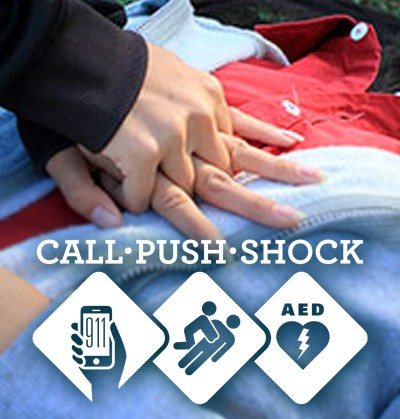
New registry data underscore the need for risk/benefit conversations with patients at the time of implantation, experts say.
After five years, approximately one in four patients treated with an implantable cardioverter-defibrillator (ICD) will require reoperation, a new study shows. And while the reoperation rate varies according to the device type and the age of the patient, the registry results suggest that complication and reintervention rates are higher than physicians and patients realize.
“Patients are not always well-informed when they get an ICD,” particularly about reoperation frequency and survival,” according to senior author Jamil Bashir, MD (University of British Columbia, Vancouver, Canada). “We need to do a better job of informing patients so they can decide if they want to get a defibrillator,” he said.
Researchers have long known that ICDs “are associated with high short-term complication rates,” while the details concerning “long-term complications, particularly reoperation, are uncertain,” write Bashir and colleagues, including first author Nathaniel Mark Hawkins, MD (University of British Columbia). This study builds upon this knowledge by depicting how “relative survival approached the general population for younger patients, but declined with advancing age,” they explain.
“Complication and reoperation rates are high and require careful discussion for informed shared decision-making,” Hawkins et al share.
To this end, their paper, published online July 26, 2017, ahead of print in Heart, assesses the long-term complications and reoperation rates among patients with ICDs.
Risk Varies by Device Type
In all, 867 patients (25%) required reoperations, of which 18% were due to complications and the remaining 7% were due to elective generator replacements. As such, the reoperation rate per patient year was 12%, rising to 17.8% for patients with biventricular devices.
For all types of devices, the reintervention rate climbed over time, ranging from 10.2% for single-chamber devices at one year, to 27.4% for dual-chamber devices at five years.
Read more here.
Read journal article here.
SOURCE: TCDMD/ the Heartbeat
